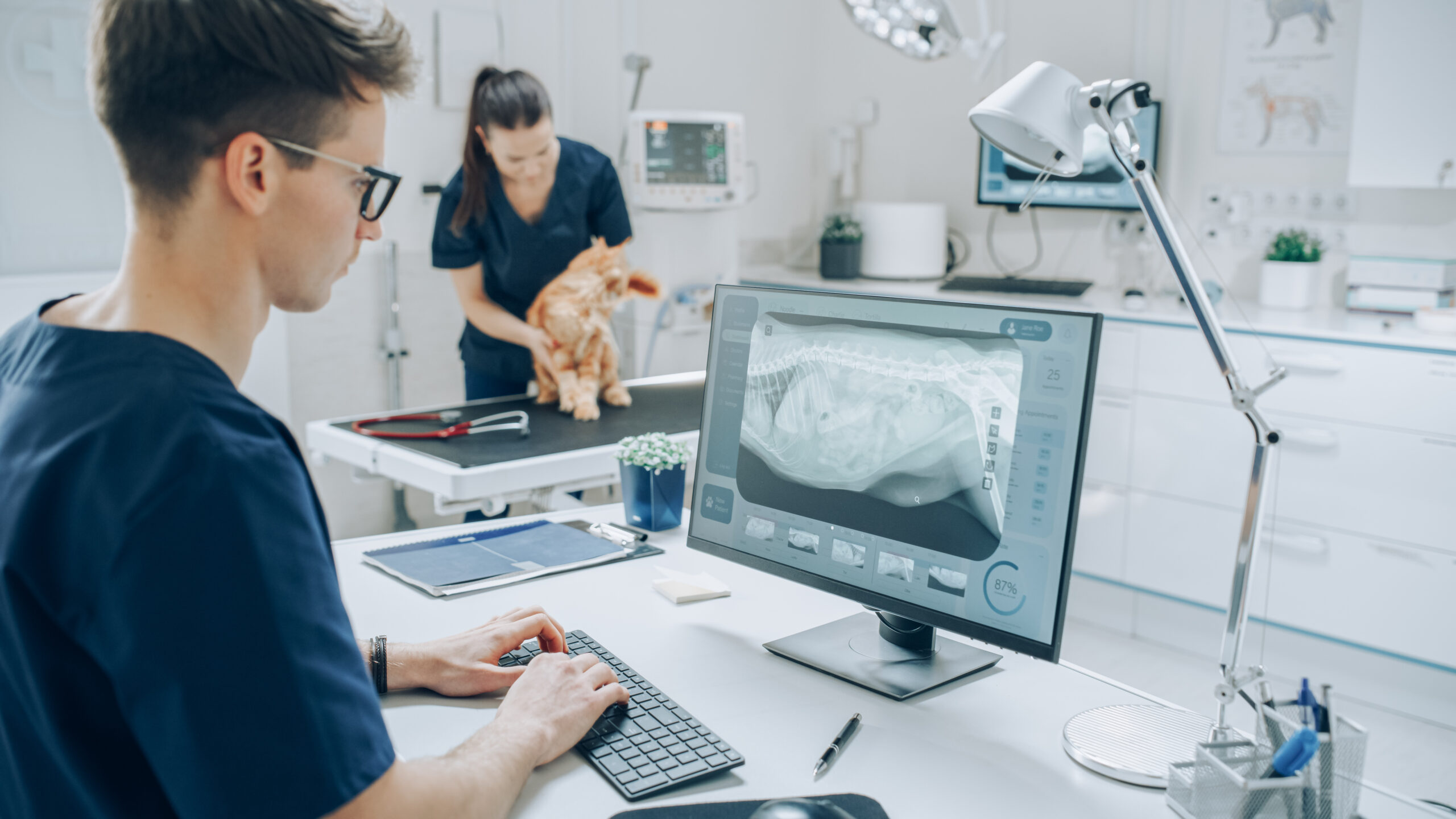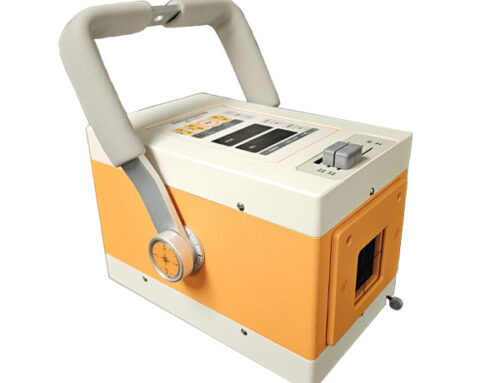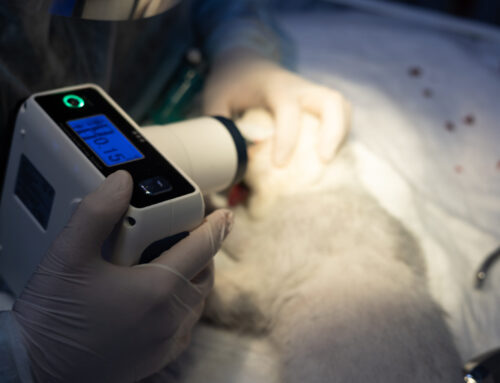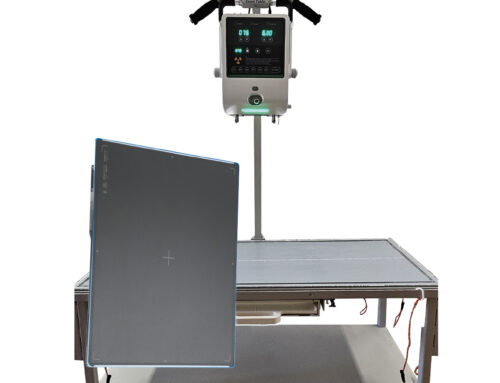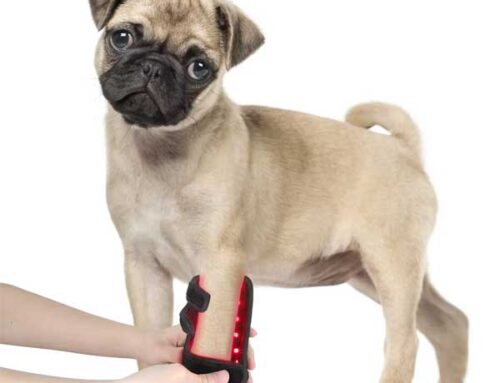Veterinary technicians play a pivotal role in the radiographic process within veterinary practices. Their expertise in handling animals, positioning them correctly, and ensuring optimal image quality is essential for accurate diagnoses.
Positioning Techniques
Importance of Proper Positioning
Correct positioning is crucial for obtaining clear, diagnostic-quality images. Poor positioning can lead to retakes, increased radiation exposure, and misdiagnoses. Veterinary technicians must be well-versed in various positioning techniques to capture the necessary anatomical structures.
Common Positioning Techniques
Lateral View: The animal is positioned on its side, with the area of interest closest to the cassette or detector. Ensure the limbs are extended and not superimposed over the area of interest.
Ventrodorsal (VD) View: The animal is placed on its back with the limbs positioned symmetrically. This view is commonly used for abdominal and thoracic imaging.
Dorsoventral (DV) View: The animal lies on its abdomen, with limbs extended. This position is often used for thoracic and cranial imaging.
Oblique Views: These are used to isolate specific structures and are particularly useful for complex anatomical areas like joints.
Tips for Successful Positioning
Calm and Restrain: Ensure the animal is calm and properly restrained to minimize movement.
Use Positioning Aids: Sandbags, foam wedges, and tape can help maintain the animal’s position. Diagnostic Imaging Systems has wide variety of patient positioners to aid veterinary technicians.
Double-Check Alignment: Confirm that the area of interest is correctly aligned with the x-ray beam.
Safety Protocols
Radiation Safety
Protecting both the veterinary staff and the animals from unnecessary radiation exposure is paramount. Following strict safety protocols helps minimize risks.
Key Safety Measures
Protective Gear: Always wear lead aprons, thyroid collars, and gloves when taking radiographs. Diagnostic Imaging Systems has made it easy for you to purchase radiation protection online. For most garments you may purchase, there are several types of lead and non-lead choices available.
Distance and Shielding: Maximize the distance from the radiation source and use protective barriers whenever possible, like the Versa-View Mobile X-Ray Barrier from DIS.
Collimation: Narrow the x-ray beam to the area of interest to reduce scatter radiation and improve image quality. Portable X-Ray units from DIS contain Calibrated Cassette- size Indicator Dials, providing enhanced accuracy.
Exposure Time: Minimize the exposure time to reduce radiation dose. Digital flat panel detectors are more sensitive to X-ray radiation, which can reduce exposure by up to 80% compared to traditional X-ray systems. DIS provides the latest in Digital X-Ray technology and at the best prices, with industry-leading warranties.
Regular Safety Training
Ongoing radiation safety training is essential for all staff involved in radiographic procedures. This training should cover the latest safety guidelines, proper use of protective equipment, and techniques to reduce exposure.
Continuous Education
Staying Updated with Advancements
Veterinary radiography is a constantly evolving field. Continuous education and training are vital for vet techs to stay updated with the latest advancements and best practices.
Resources for Learning
Workshops and Seminars: Attend workshops and seminars focused on veterinary radiography to gain hands-on experience. There are many conferences throughout the country that provide CE credits and DIS exhibits at many of them, so you can see the latest x-ray equipment in-person.
Online Courses: Enroll in online courses and webinars to learn about new technologies and techniques.
Professional Journals: Subscribe to professional journals and publications that cover veterinary radiography and diagnostic imaging.
Encouraging a Learning Culture
Encourage a culture of learning within the veterinary practice. Regularly schedule training sessions and discussions to share knowledge and experiences among the staff.
Conclusion
Veterinary technicians are indispensable in the radiographic process, ensuring high-quality images and maintaining safety standards. By mastering positioning techniques, adhering to strict safety protocols, and engaging in continuous education, vet techs can significantly contribute to accurate diagnoses and the overall success of veterinary practices. Investing in their training and development not only enhances their skills but also improves the quality of care provided to the animals.

